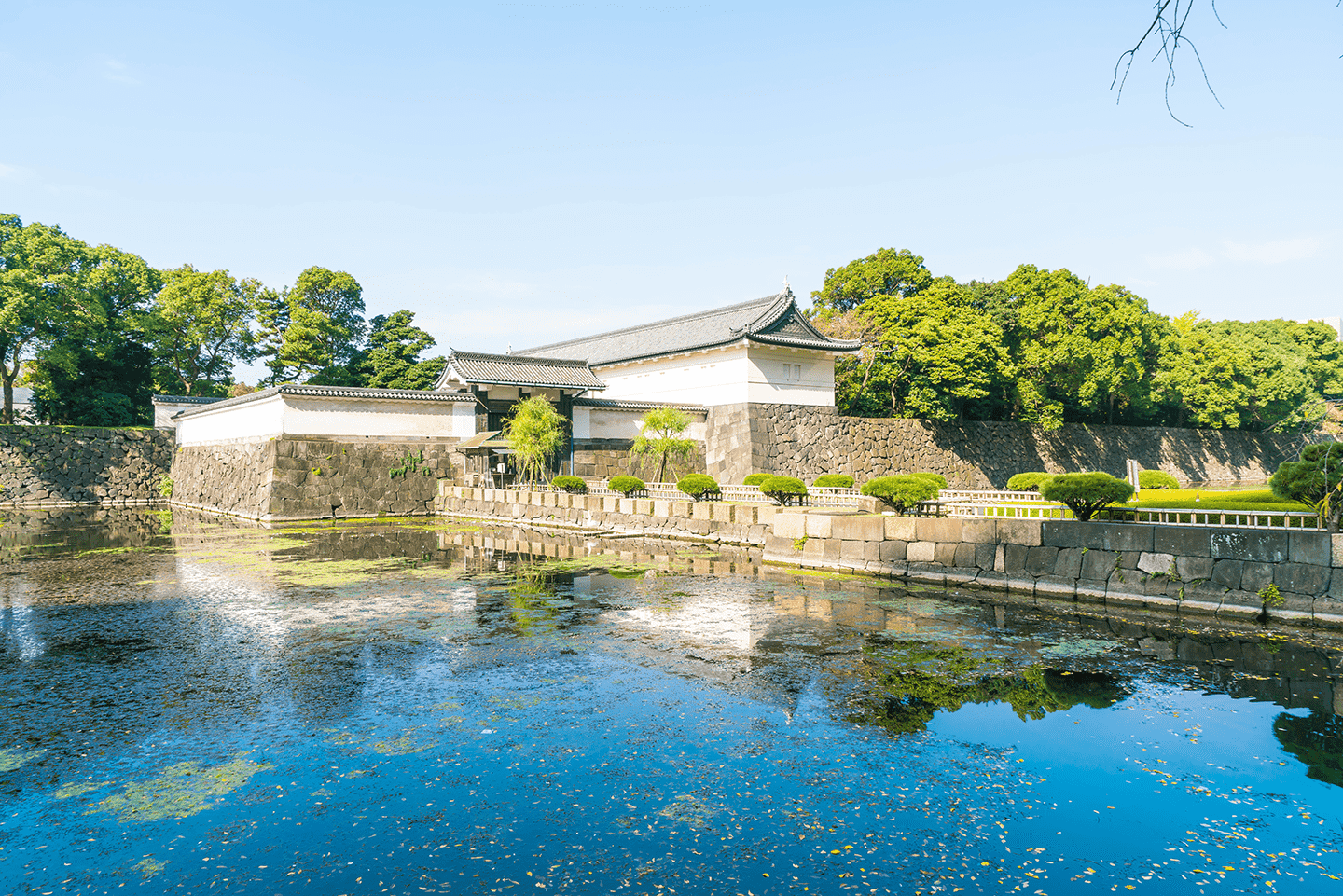One of the best defenses around castles were moats. Perhaps the most forbidden places in Tokyo is the imperial palace in downtown Tokyo. There are only a few bridges into the palace, and the rest of the area surrounding the palace has a moat. When I lived there, a person trying to cross the moat would make the news, as this is one of the most heavily guarded places in Japan.

Businesses should also have moats. By moats, I mean barriers that prevent or lessen the ability of other companies to compete. Competition can be good, of course, but to have a market to yourself is a certain way to high profits and a strong business.
Here are some common moats for businesses on Hawaii Island
- Exclusive dealerships. This is the big one for our car dealers. We effectively have one Toyota dealer for the whole island, as one company has the dealerships for both sides of the island. There is no competition because of this, which means if you want a Toyota (or a Honda or a Nissan or a Chevy), you’ll be dealing with a company that has a monopoly. Many other companies here have exclusive licenses for the island as well, and, as a result, all roads lead to them if you want those products. These are great moats from a business owner’s standpoint.
- Expensive, specialized equipment. The island’s market is of the size that it doesn’t make sense for many businesses to have overlapping equipment. This includes specialized construction, coffee processing, light manufacturing, and other equipment.
- Inventory. Having the ability to purchase and store inventory is an excellent moat for businesses in Hawaii.
- Specialized, skilled workers.
- Ability to guarantee a fast turnaround. This is often connected to having the equipment, inventory, and staffing to make this happen.
- Strong relationships with buyers. A stable connection with buyers is a wonderful way to protect your business.
- Being known as the “go-to” business for your products. This is part of marketing savvy, running a reliable company, and excelling at customer service. This can take a lot of time to achieve, and it needs constant effort, but when you are known as “the business” in your community for what you sell, you have an excellent moat.
- High switching costs. Anytime a company decides to switch providers, there is a cost. First, they need to find the new supplier, judge credibility, communicate needs and hope the transactions go smoothly. Changing accountants or lawyers are two examples of high switching costs.
- An efficient supply chain. At Kona Impact, we used to use FedEx for many of our products at a very high cost to us. Now, we can order palettes of materials that can take up to a month to arrive. Our benefit is that we have much lower supply costs than many of our competitors, and we are able to keep a larger inventory level.
- Pricing. This, of course, is a huge moat. I put this last, as #1-#9 should all feed into a company’s ability to do this. I don’t mean being the cheapest, as that’s often not sustainable; what I do mean is being profitable.
